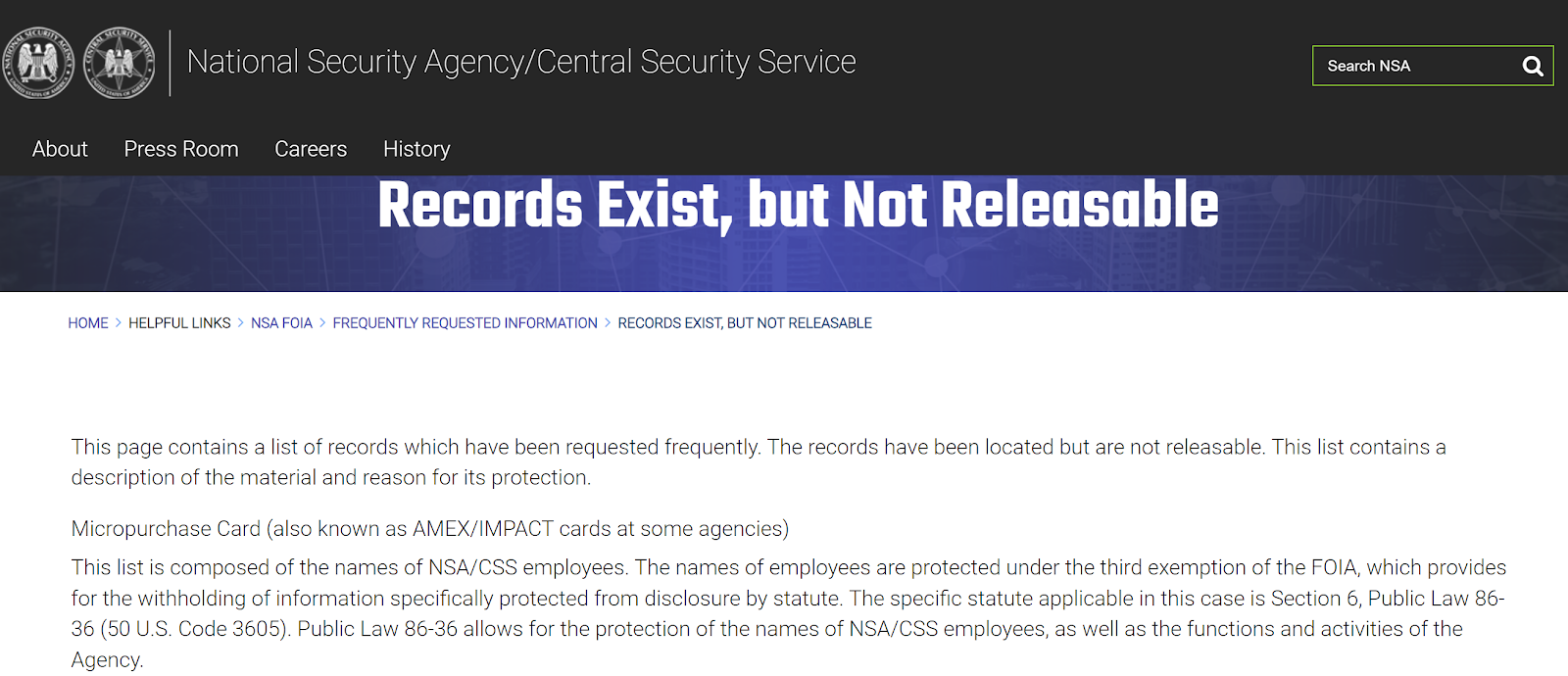Red Flags
Researchers often miss the red flags because they fail to cross-reference and corroborate sources. In the Vetting Sources: Rotten Trees in the Carpenter Family we were able to witness the results of not vetting your sources and failing to cross-reference data. Through the Genealogical Proof Standard we know there are primary sources, secondary sources, direct and indirect evidence. Let's review, shall we?
Genealogical Proof Standard
Primary sources are original records , created at the time of the event, and most often carry less errors than secondary records/sources, which is a derivative recording of the event.
Secondary / Derivative sources may include a transcription, translations, abstract - a copy. It has the potential of carrying errors.
Direct evidence answers a genealogical evidence when contemporary records can be used. A good example is a birth record that names the parents. I say, however, even that must be corroborated. Why? Especially with midwives, or delayed birth certificates, or when time has past, it is possible that the community person, let's say midwife, names the wrong local brother as a father. It was just an error, but it's in the record.
Indirect evidence is when we don't have the direct answer on one document, but we have enough data from research to answer the genealogical question. Perhaps the answer was provided through piecing together a family unit and satisfied through the data of several siblings. For indirect evidence to be useful, contradictory evidence must have been resolved.
Documents are laden with errors. This is why we must look for the Red Flags! Yes, question everything! The question to ask yourself is "Was the person telling, recording, the information a witness to the event?"
- Census Records have the opportunity to carry lots of errors: dates, names, place of birth. Plus, we don't always know the informant; so we have no idea if the informant is a reliable source.
Why is there such a big gap between children? The progenitor married in 1824, but besides Elizabeth, wife of Wm. Ody, there are no known children in the 1820’s. Matter of fact the known children who appear in an 1860 census, 36 years after the marriage, appear to be born in the later half of the 1830’s. This is a red flag. Is a full generation is missing?
- Biographical Sketches. Sure, these sketches usually have some truth to them, but was the information provided by a primary source?
We have a great biographical sketch provided to us in the Carpenter case. It provided clues, hints, even can assist towards our Next Steps and Research Plan. Yet, through cross-referencing we quickly learned it has obvious errors. It contradicts both direct evidence and information provided generations earlier by a primary source.
On the podcast we learn that the bio of Elijah Coffelt is not accurate. It list David Ody/Odor [alias Carpenter] as a sibling of Rachel Carpenter, but we know both David and Rachel named different parents. David was raised by his grandparents, the parents of Rachel: George (and Elizabeth) Carpenter.David "Ody" alias Carpenter, was raised by maternal grandfather Geo. Carpenter - Illiteracy. There's no reason to commit to the spelling of a surname (or given name) if the family reports no education or little education. Sound advice...corroborate, corroborate, corroborate.
Illiteracy in itself should raise a red flag to the researcher. Each sibling may have spelled the name differently, each document may hold a different spelling, the marriage record, death record, may have one additional spelling, and that may contradict the obituary.

In the podcast with Nancy, we learned that she was looking for a William Ody, His marriage record clearly names him William Odor. Some military records use Oda: - Land Records. There are many ways our ancestors acquired land. We musn't assume they were so successful, that they walked in, and paid for acreage using the money in their piggy jars.
I contend that just having land is a red flag. How did they acquire it? If you are not familiar in how to conduct a land/deed trace through legal descriptions, this is a great time to learn. There are lots of free tutorials online and the courts will assist (if you’ve done your homework).
- Posted family trees. Riddled with errors, uncited online trees, ThuLines, and non-cited "family stories," should be reviewed with a wary eye.
Researcher beware! Conflating several families with similar names in close proximity has become an epidemic. It's where your real family is buried - in a tree with scrambled roots. When there's data, without sources especially with families with common names, proving or disproving posted data should be a top priority. And, never be a part of posting a bad tree publicly. A good place to start if your family had assets is with probate and wills. Pull original probate/will (not just newspaper articles.) Probates and wills are usually held at county courthouses, but may be within a state, or county historical/genealogical repository.
- DNA Analysis. We often say we use DNA tests results to confirm our papertrail. But, when I'm looking for my red flags, those hints that just are not lining up as they should, I say DNA analysis might raise a large red flag.
Let's say none of your DNA cousins share the same surnames in their family trees. Or your Y-DNA expected matches have a different surname. Or, your 1st cousins match with your sibling but not you. Wouldn't you agree? Your DNA test results have raised a LARGE red flag!













